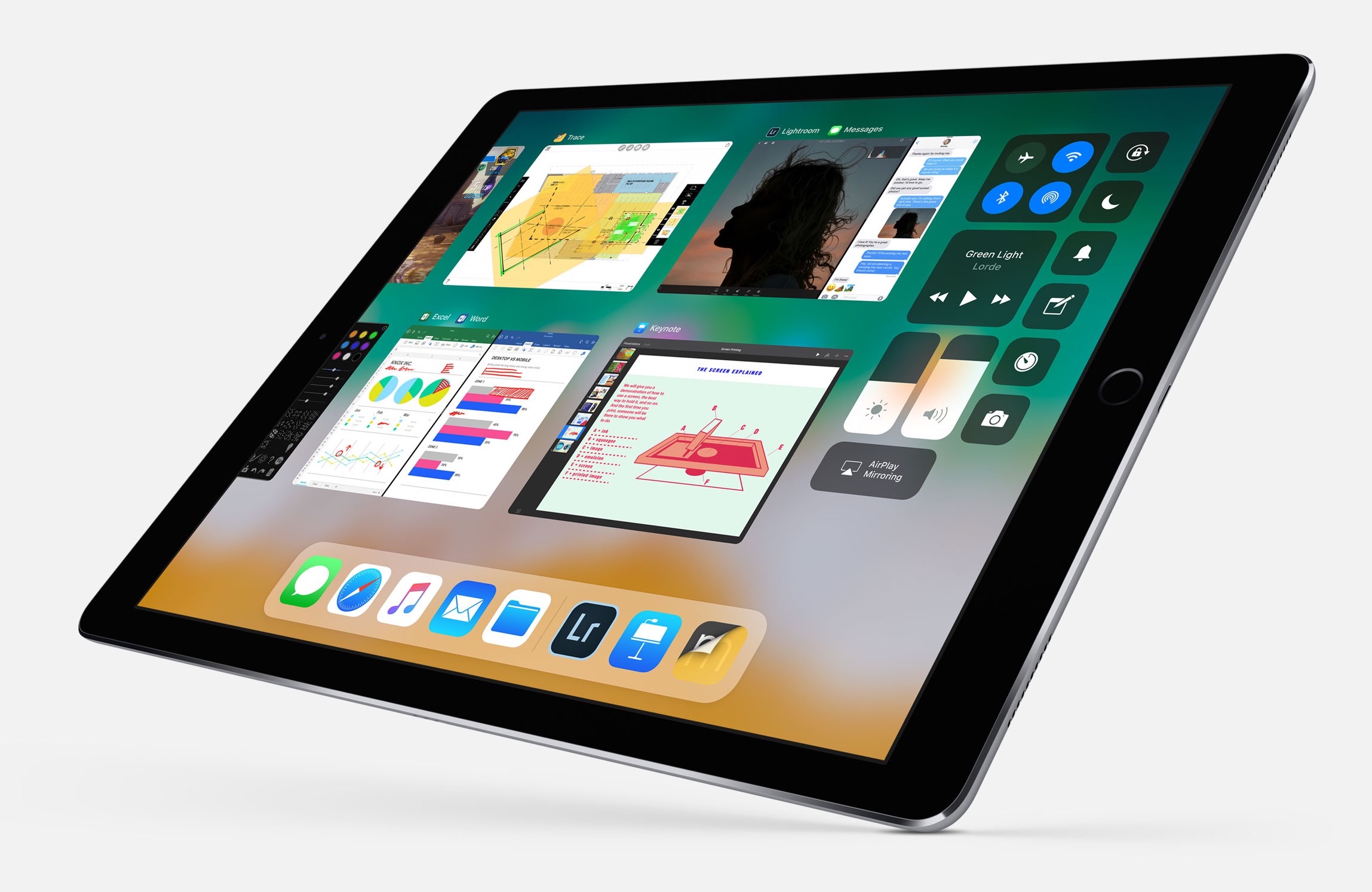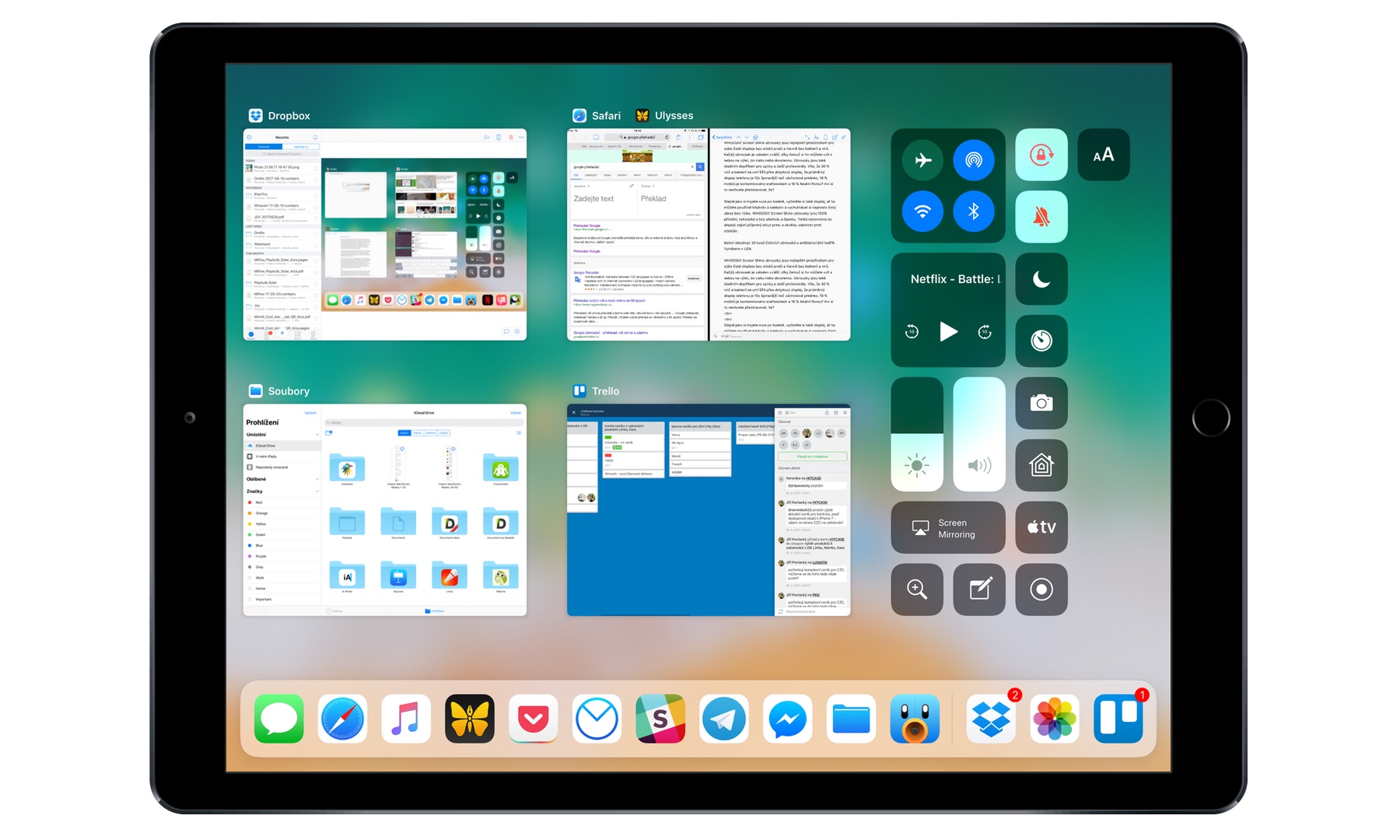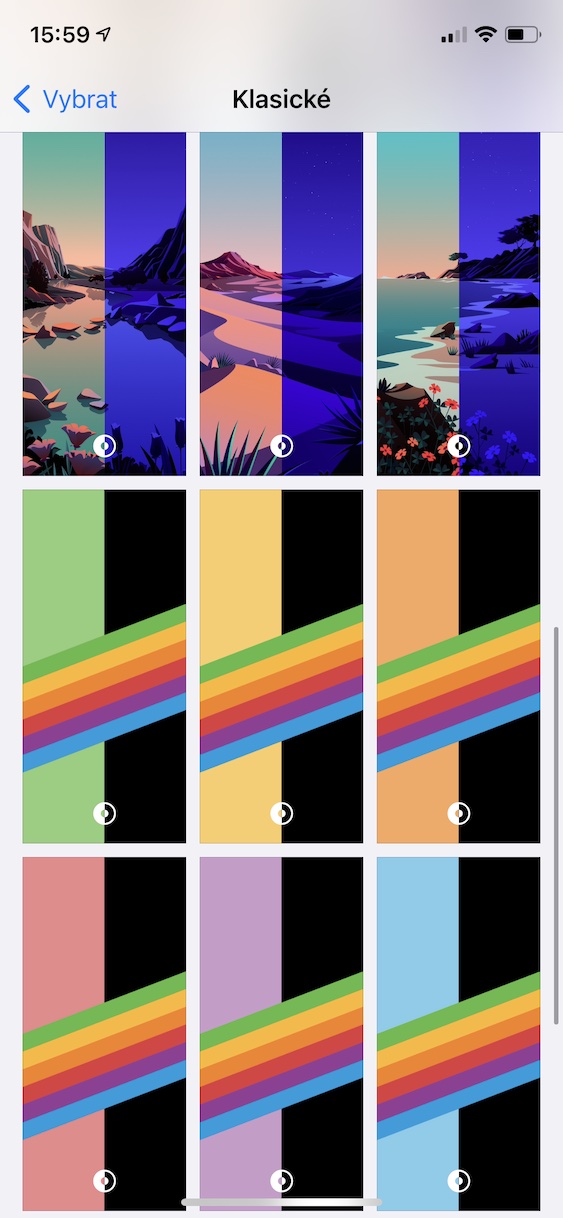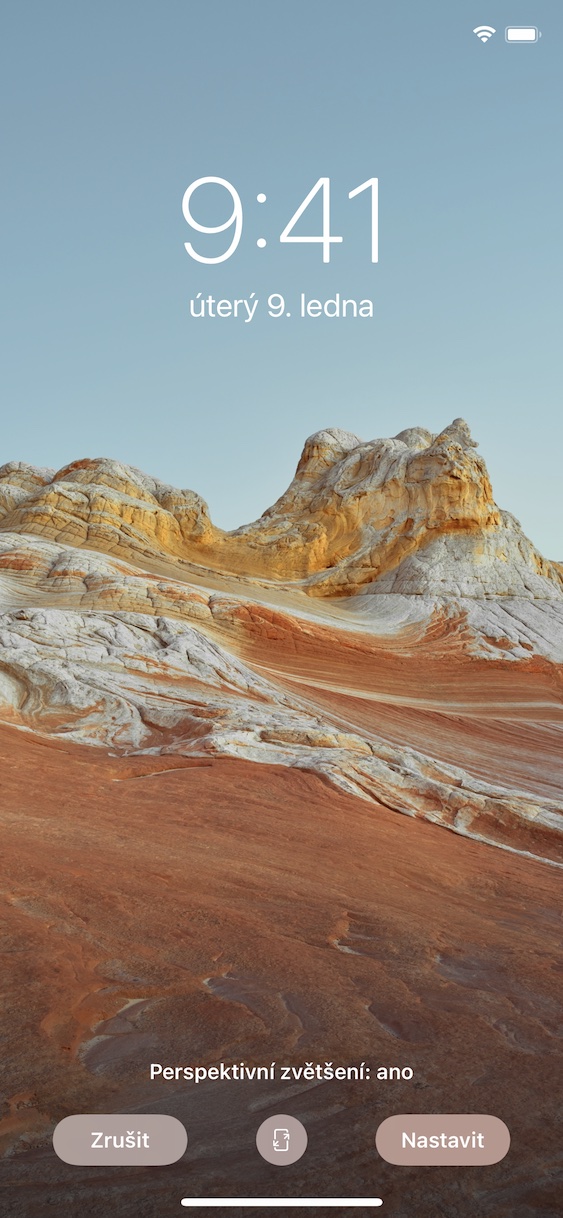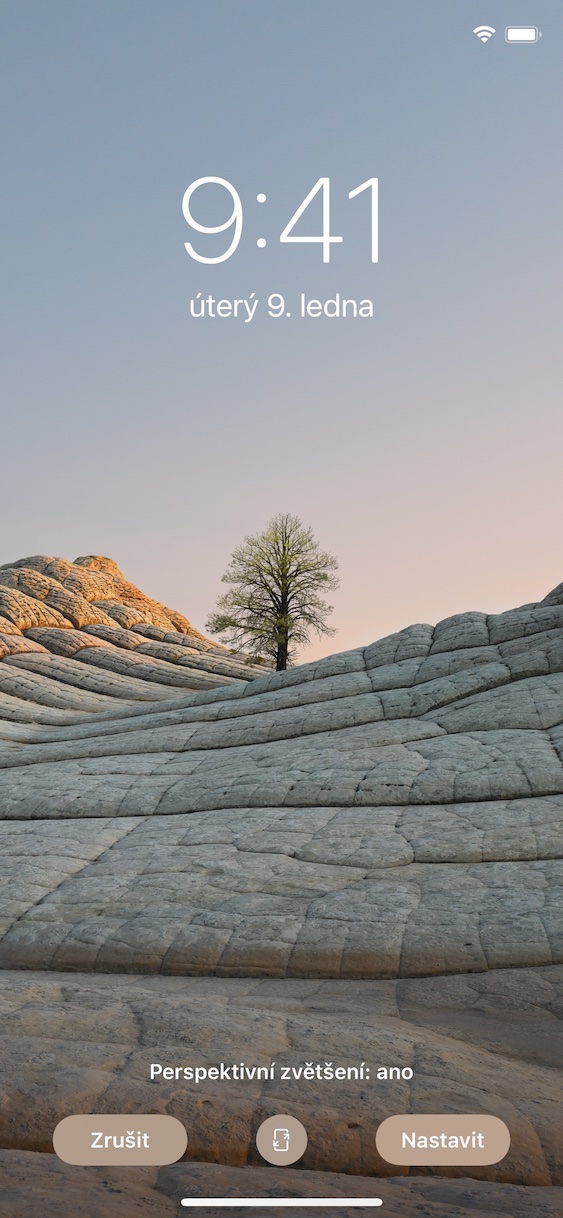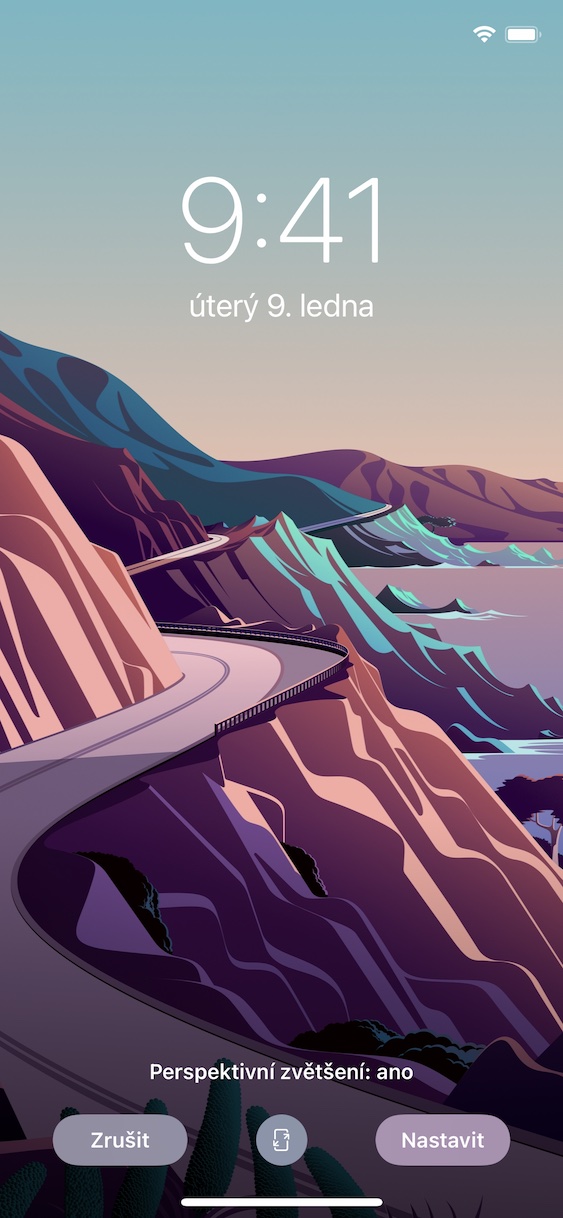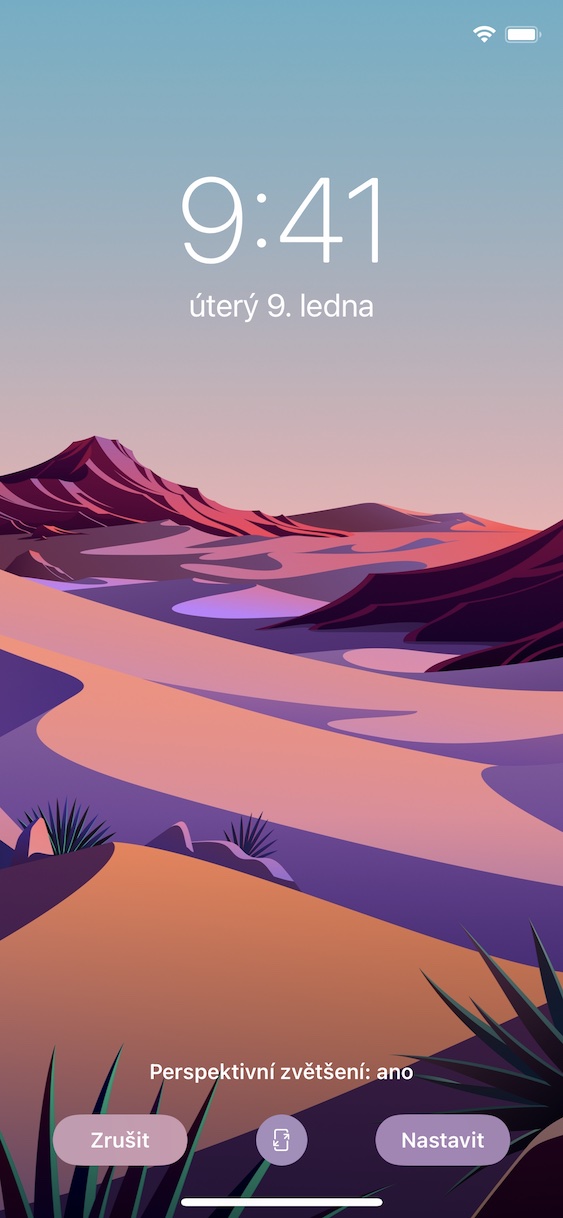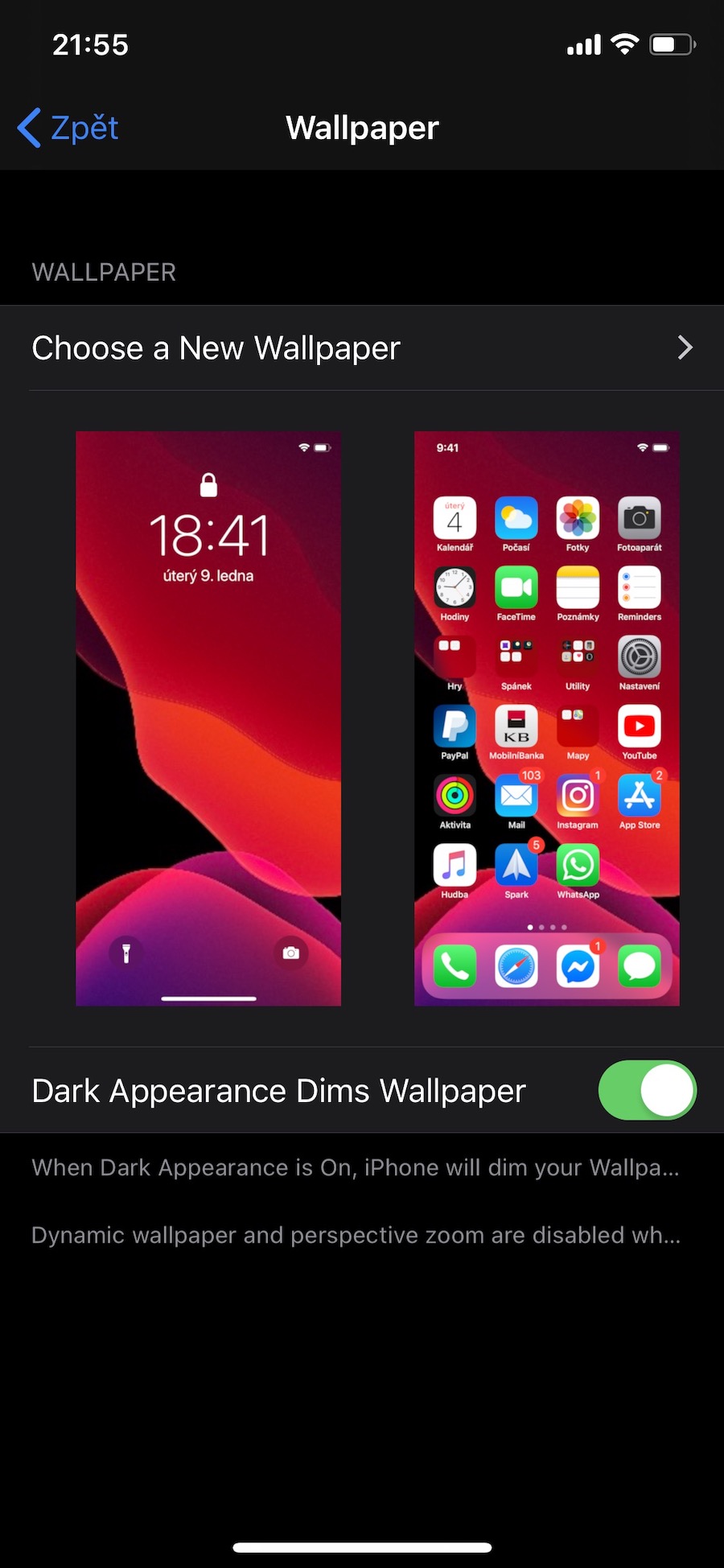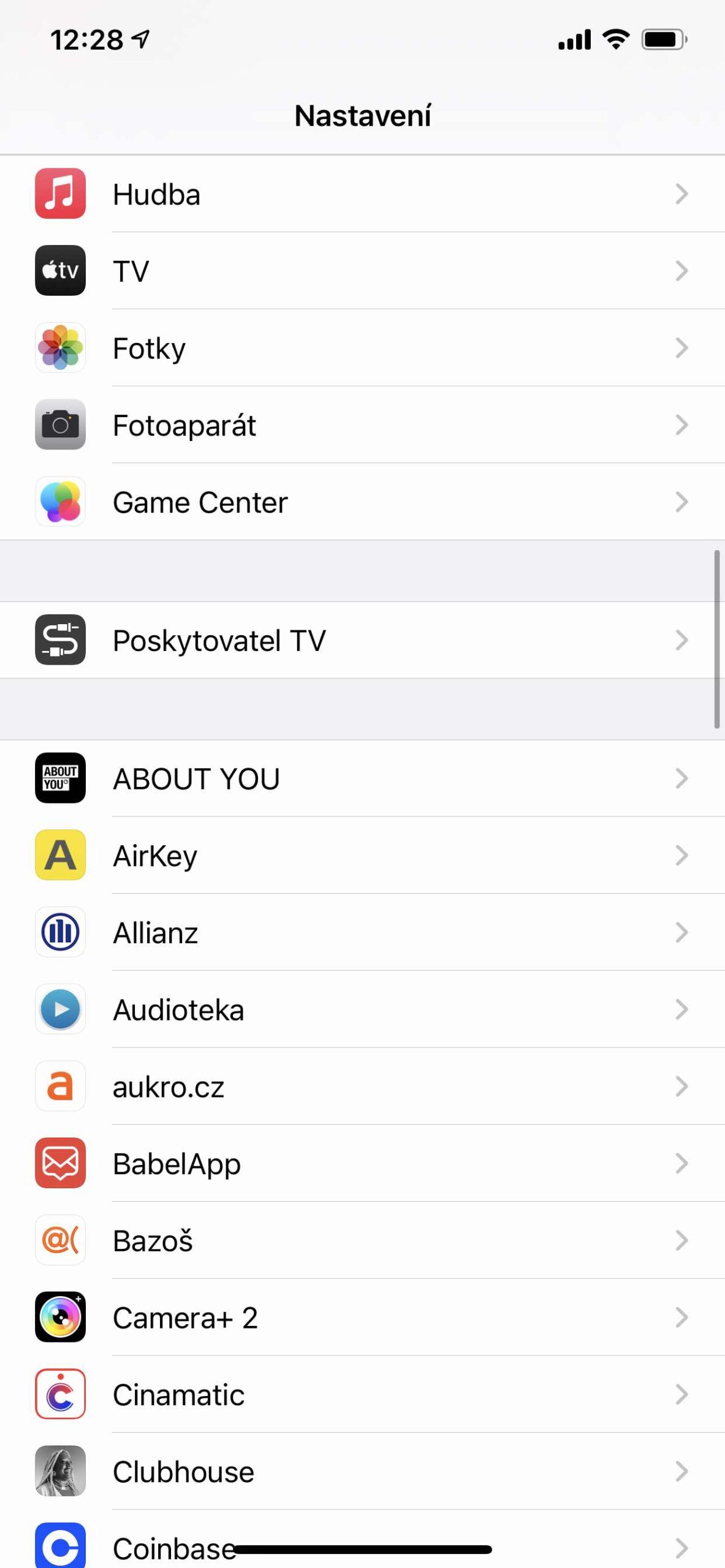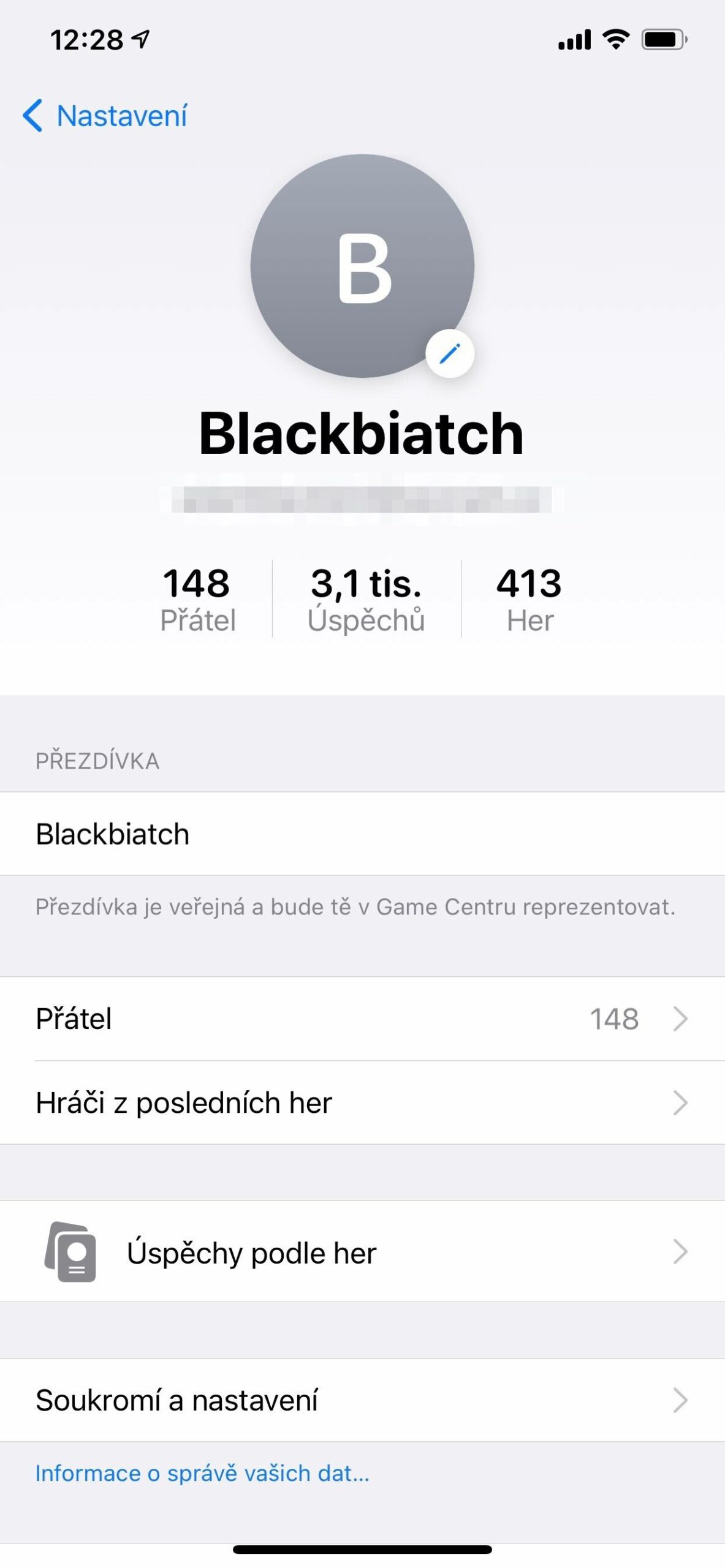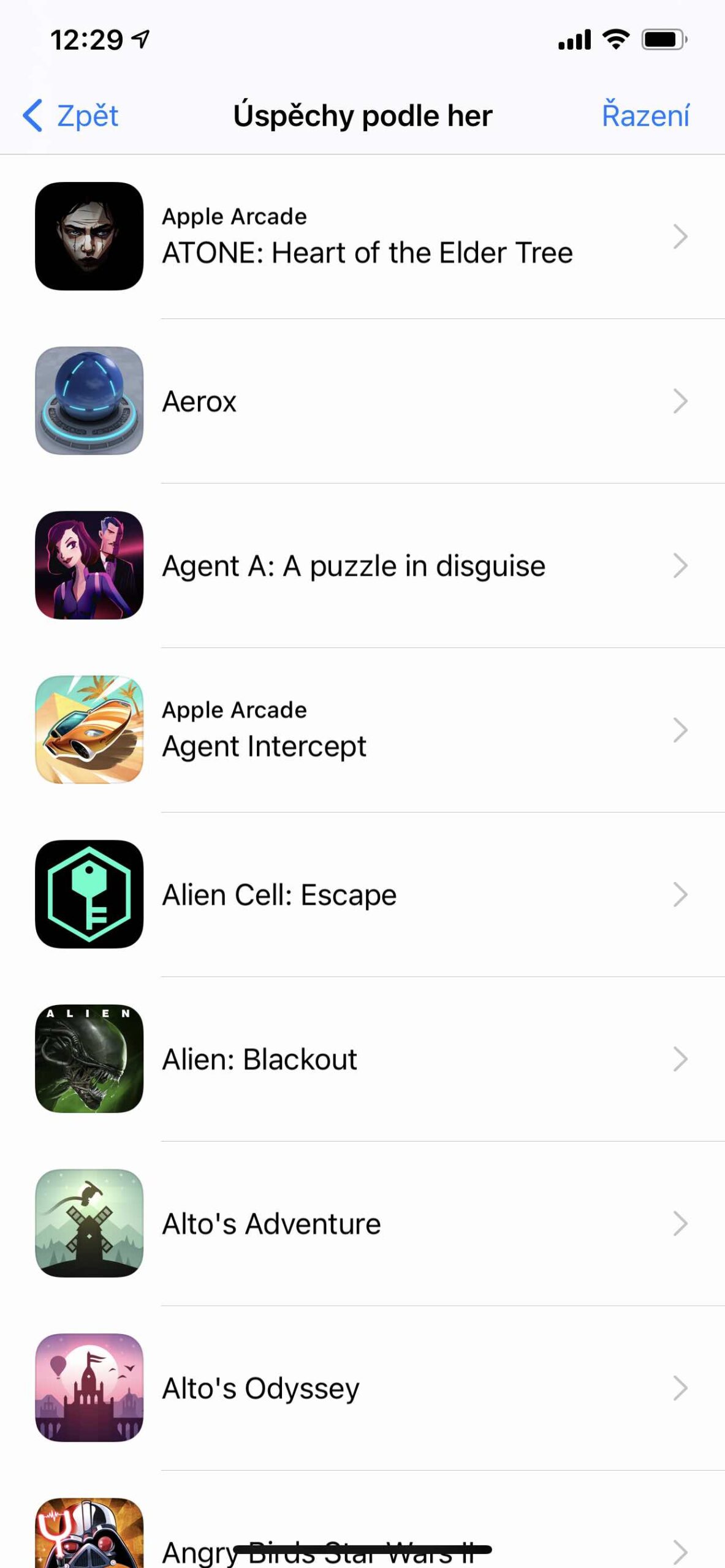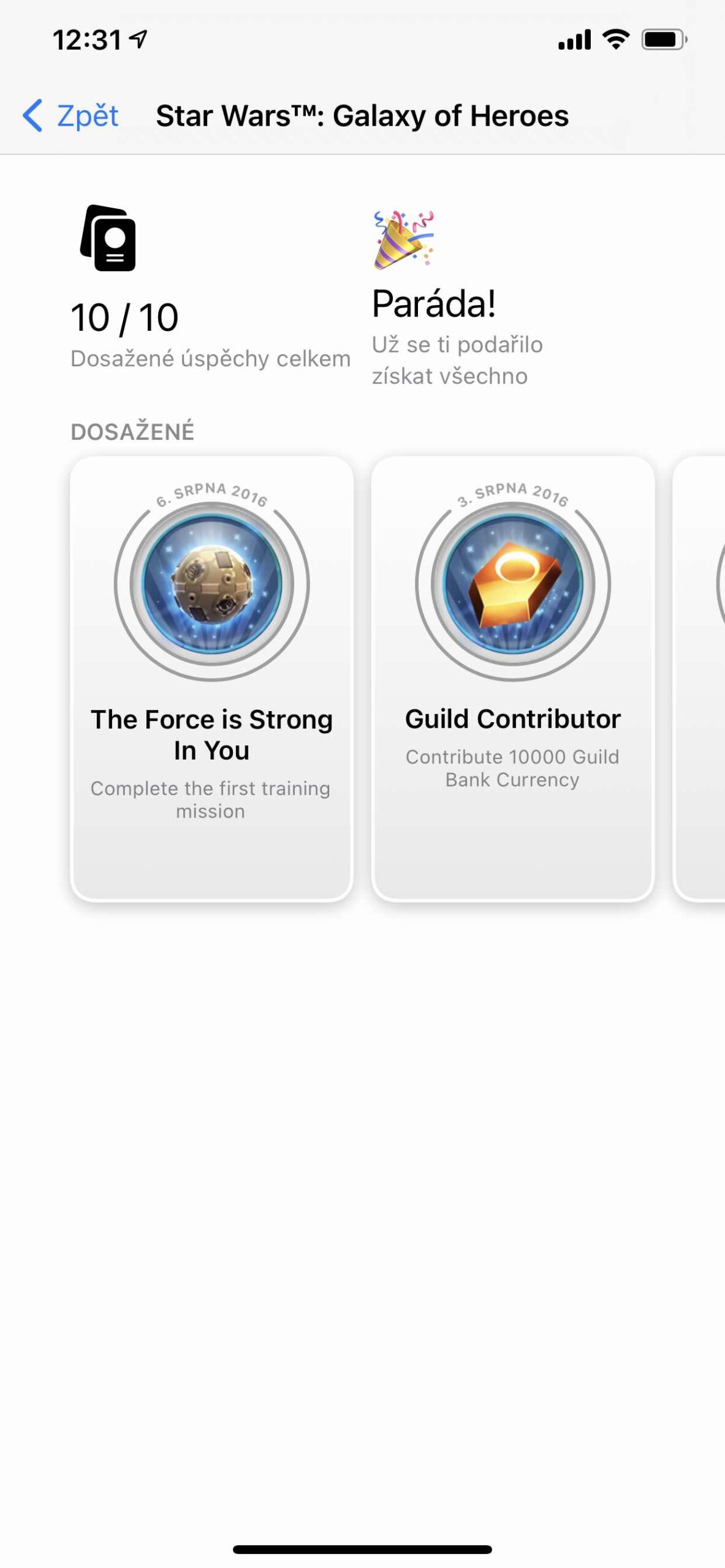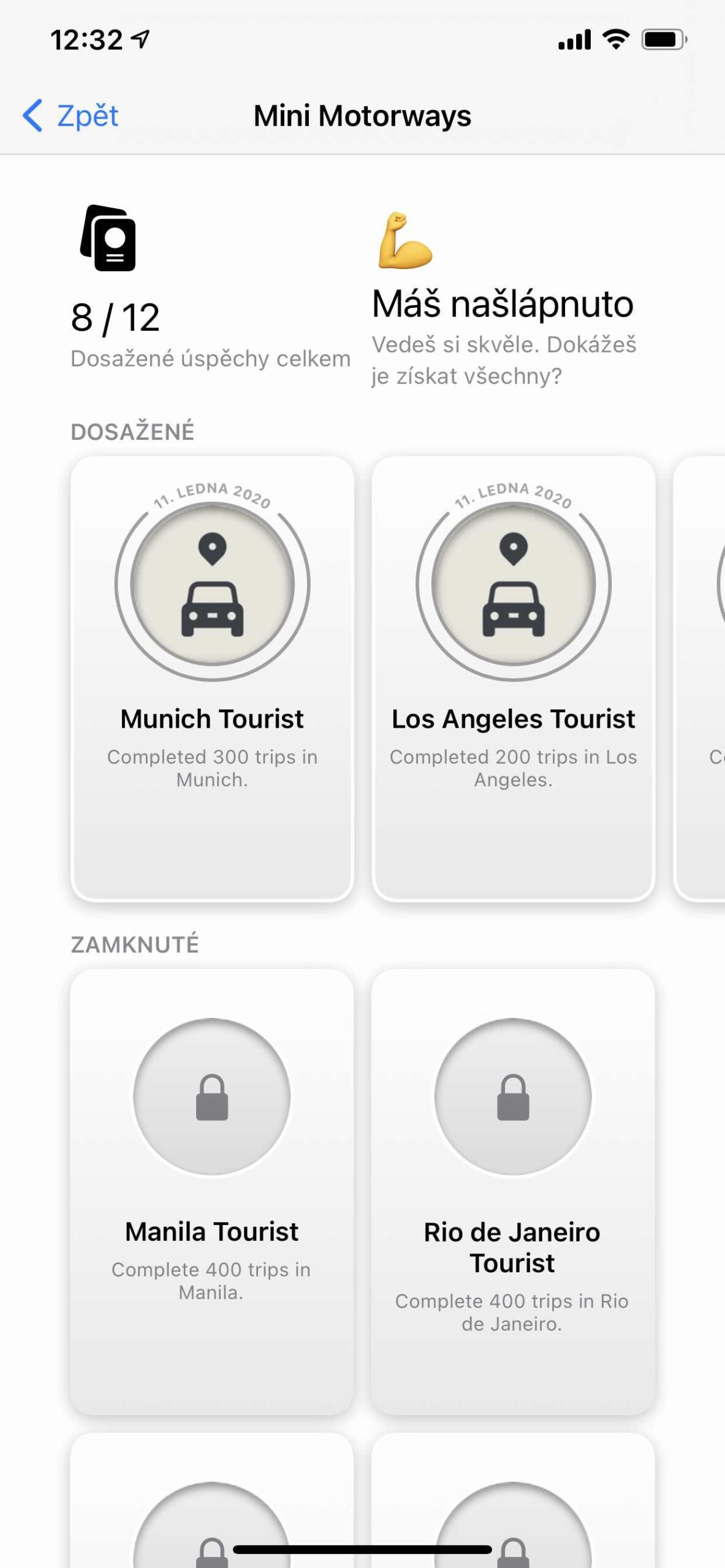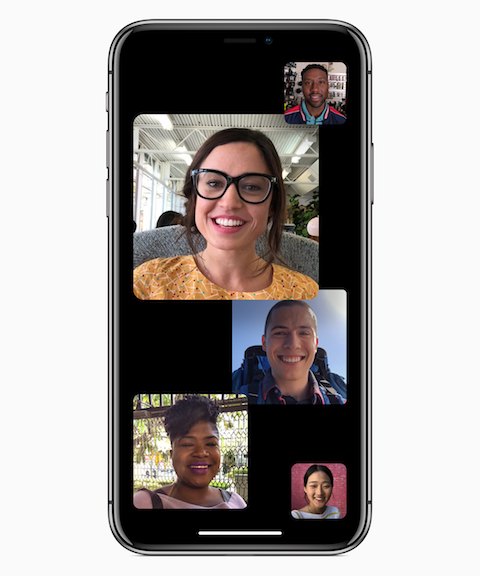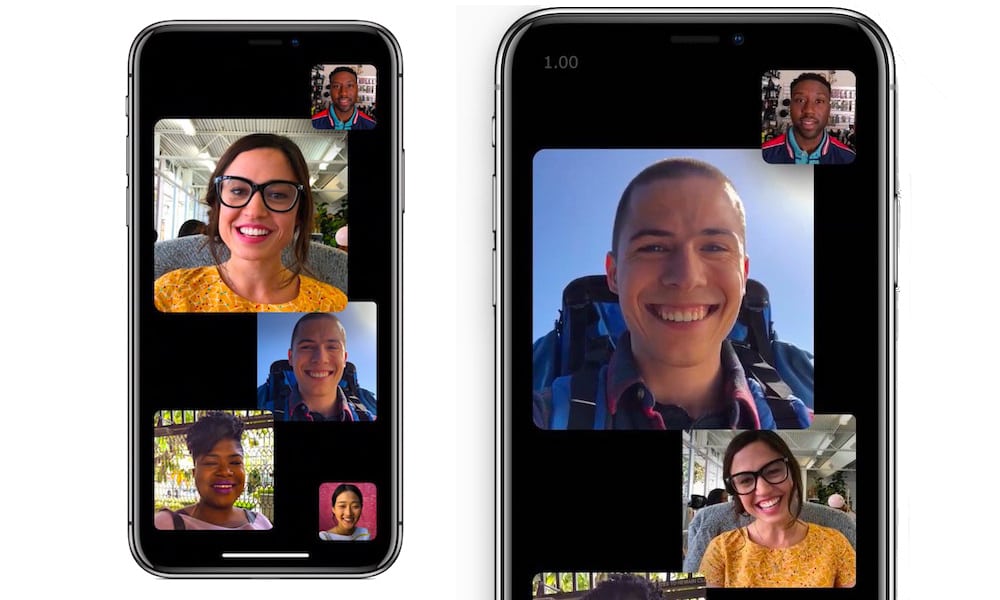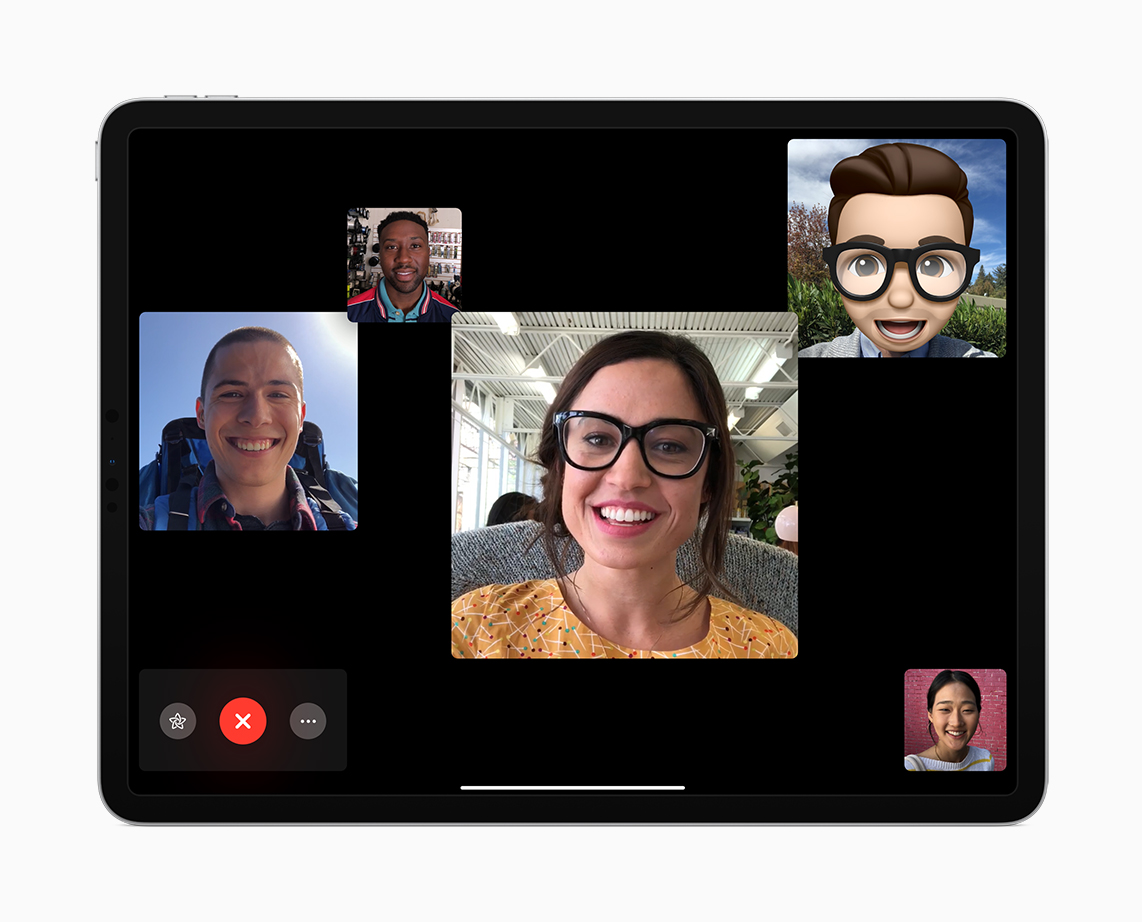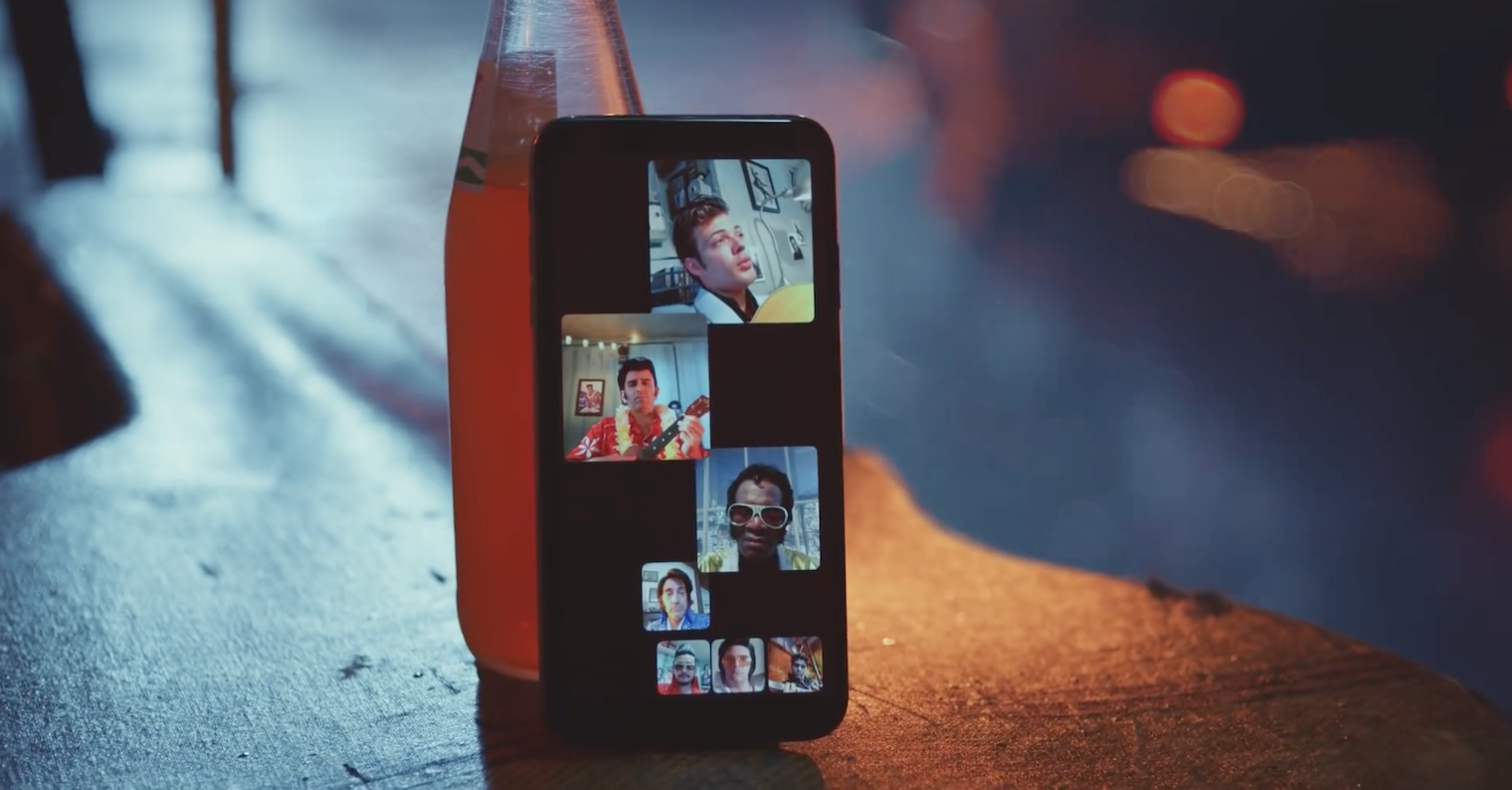The iOS 4 operating system is already 11 years old. It came along with the iPhone 4, which went on sale in our country on June 24, 2010. And although most people remember iOS 7, which probably brought the biggest change in the design of the system, it was iOS 4 that offered several interesting features that we use in various forms to this day. At least just the system designation itself.
Even though we will see iOS 15 in just a few months, this system certainly wouldn't be where it is without its gradual improvements. The first three generations of iPhones were derided for not being able to perform basic smartphone functions, including multitasking. It wasn't until iOS 4 that the iPhone actually became a full-fledged smartphone.
It could be interest you
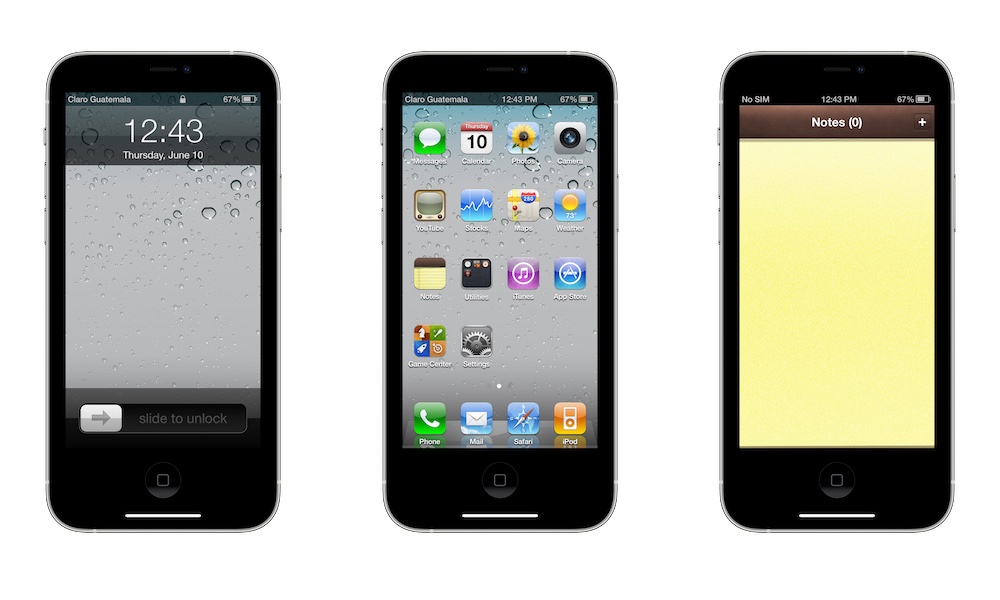
multitasking
I had an iPhone 4G for 2 years before I got the iPhone 3. And I must say that after switching from the Sony Ericsson P990i phone it was such a revolutionary leap that I didn't really feel the absence of multitasking. At the same time, its Symbian UIQ superstructure already handled multitasking. But this robust communicator had so little operating memory that it couldn't keep the applications running for too long.
Quickly switching between applications by double-pressing the desktop button was elegant, although on older models, which also received multitasking, it caused more stress on it, and thus sooner or later a necessary service. With the removal of the button on the iPhone X, you use multitasking by pulling out the bar from the bottom of the display, and even though this is probably a logical solution, it is definitely not that convenient anymore, even in terms of accuracy.
It could be interest you

Folders
Widgets on the desktop were only added with iOS 14, and with iOS 15 they will be expanded even more. However, until iOS 4, you couldn't even use folders on the iPhone desktop. Did it bother you? Not really. A person used the desktop as a menu with application icons, in which he orientated relatively quickly and easily. Although the folders then helped with organization, they did not add much to clarity.
Even nowadays, I don't use a lot of ingredients. But it is true that I have reduced the applications I use a lot lately. But I still prefer to have more desktops with more icons than to have fewer with many cluttered folders. Then I don't use the application library at all.
Wallpapers
Wallpapers go hand in hand with folders. Until iOS 4, we only knew the black background behind the icons, from this version of the system you could insert any image instead - the same as on the lock screen, but also completely different. However, this was only available to owners of the iPhone 4. Apple justified this on performance requirements.
It was all due to the parallax effect, which, based on data from the accelerometer and gyroscope, moved the wallpaper according to how you tilt the phone, which is still present today, although this function can be turned off. Back then, there were a lot of different styles of shelves that looked like bookcases, which fit perfectly with the skeuomorphic style of the system. Apple dropped it in iOS 7, much to the chagrin of all old-timers and to the great enthusiasm of all followers of flat design.
It could be interest you

Game Center
"Game Center" used to have its own app and there wasn't a day I didn't visit it. I checked my achievements in individual games, compared my score with others. In addition, developers began to implement Game Center in their games quite abundantly, as the motivation in obtaining achievements for individual titles was popular with players. Today it is different.
Today, I basically don't know that any Game Center still exists in iOS. You can find the service at Settings -> Game Center, while there is really little information here. You can't click on friends, achievements or games here. The only option is to go to the Achievements by Games menu, but you definitely don't want to go through those. Search is completely missing here. It is better to click on the given game and check the service in it. I see this as wasted potential, just like with the whole Apple Arcade. So there is definitely room for improvement, and it certainly wouldn't be that difficult to bring back this favorite hub of all mobile gamers.
It could be interest you
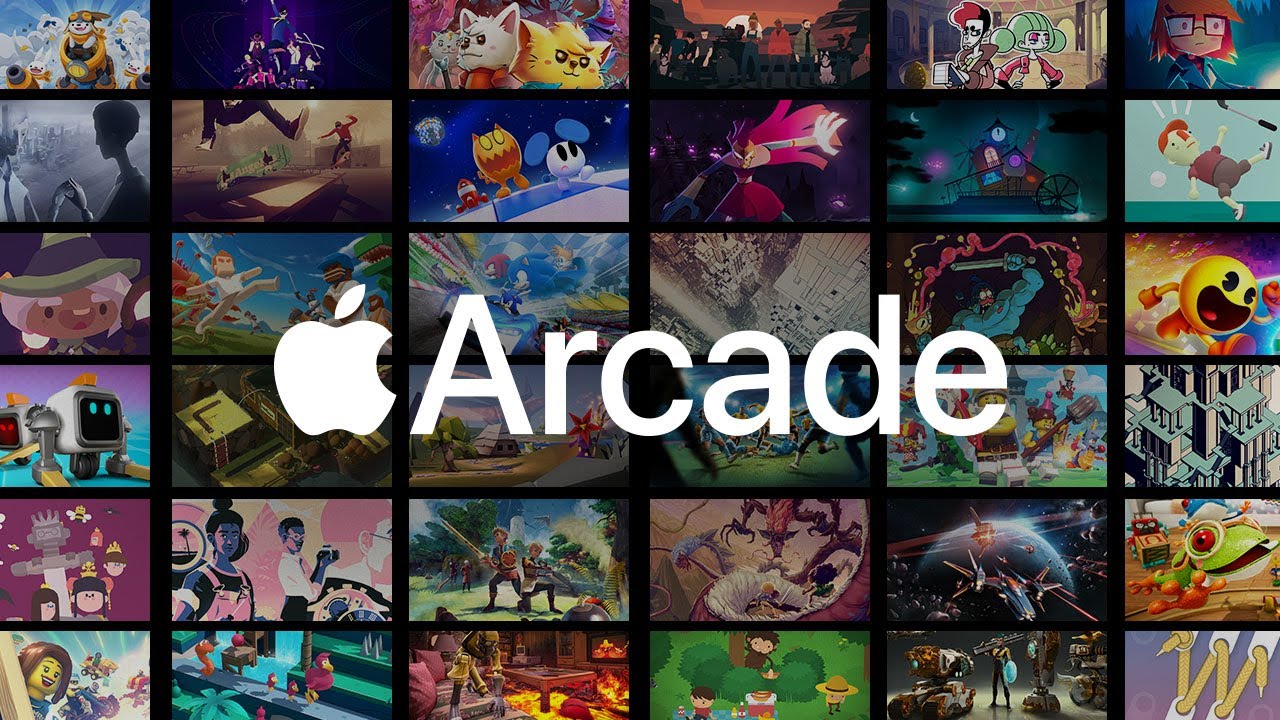
FaceTime
Even though the Sony Ericsson P990i I own and already mentioned was introduced back in 2005, it already had a front camera. But the iPhone only got it with the arrival of the iPhone 4, when, apart from the possibility of taking selfie photos, it also enabled video calls in the form of the FaceTime service. Originally, of course, it was intended to compete with Skype. Today, the service is divided into audio and video calls, allows for group calls, and even tracks a person's movement on iPad Pros.
FaceTime also worked with Mac computers, even so it had modest use at first. At least in our region, because Apple was just building its path here, which it took by storm only a little later.
 Adam Kos
Adam Kos 


